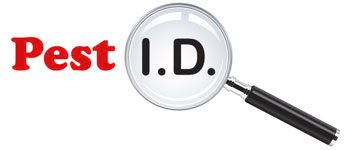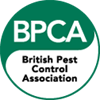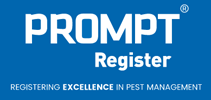Need help? Call us on 0800 955 0003 or send us an email for expert pest control advice on how to identify pest infestations and help solve your problem.
What is a pest?
Animals are described as pests when they:
- Threaten public health
- Cause loss of goodwill
- Become a nuisance through bites/stings
- Cause damage through gnawing or eating
Rodents, and rats in particular, are by far considered one of our most challenging pests.
Pest Control techniques should be designed to eliminate the infestation completely, since any remaining rodents will produce a rapid infestation.
Non-chemical techniques such as good housekeeping, live traps, glue boards and break back traps are effective, but chemical techniques are often required for larger infestations.
Effective rodent control requires a combination of measures including surveys, proofing, habitat manipulation, sanitation and control techniques. Proofing, habitat manipulation and control techniques should all be carried out after control to avoid creating neophobic conditions, delaying bait takes.
Pest ID follows the best practice guidance of the CRRU (The Campaign for Responsible Rodenticide Use), where the utmost importance is given to the environmental issues when eradicating sites of pests and consideration for non-target species is of equal importance. Gone are the days where pest controllers indiscriminately lay down poisons all year round and killing is their number one priority. The entire industry is currently being retrained to adopt a more responsible and effective process for managing pests – failure will mean new legislation that could have catastrophic effects on the battle against unwanted pests.
Survey
A detailed survey is necessary to identify the type and extent of the infestation in order to allow informed decisions to be made with regard the proofing and hygiene measures required and the types of control techniques to be used.
Proofing
Eliminating rodents from inside a building will only be a short term solution if there are others outside that can get in. Rats can climb drainpipes or trees to enter buildings. They also burrow in or enter drains and sewers. A young mouse can get through a hole as small as 6mm (the width of a Bic biro). As many entry points as possible should be blocked using rodent resistant materials.
Habitat manipulation
Eliminating rodent harbourages will also help reduce populations. Rodents need somewhere to hide and breed. Any such areas should be removed or made inaccessible.
Sanitation
Good sanitation is essential both inside and outside buildings. All rubbish and food spillages should be removed immediately and should any containers that could collect rainwater (rats need a constant source of water). Sanitation is also very important in terms of human health to control rodent-borne diseases such as Weil’s disease, e.coli and salmonella.
We are competent and fully insured to deal with rodent problems. A site folder will remain at a designated point containing the following details:
- site surveys
- risk assessments
- method statements
- COSHH assessments
- treatment reports
- data sheets
- your technician’s qualifications
- insurance certificates
Many insurance policies do not cover damage by pests, so don’t delay in calling us for a no-obligation survey and quote.










